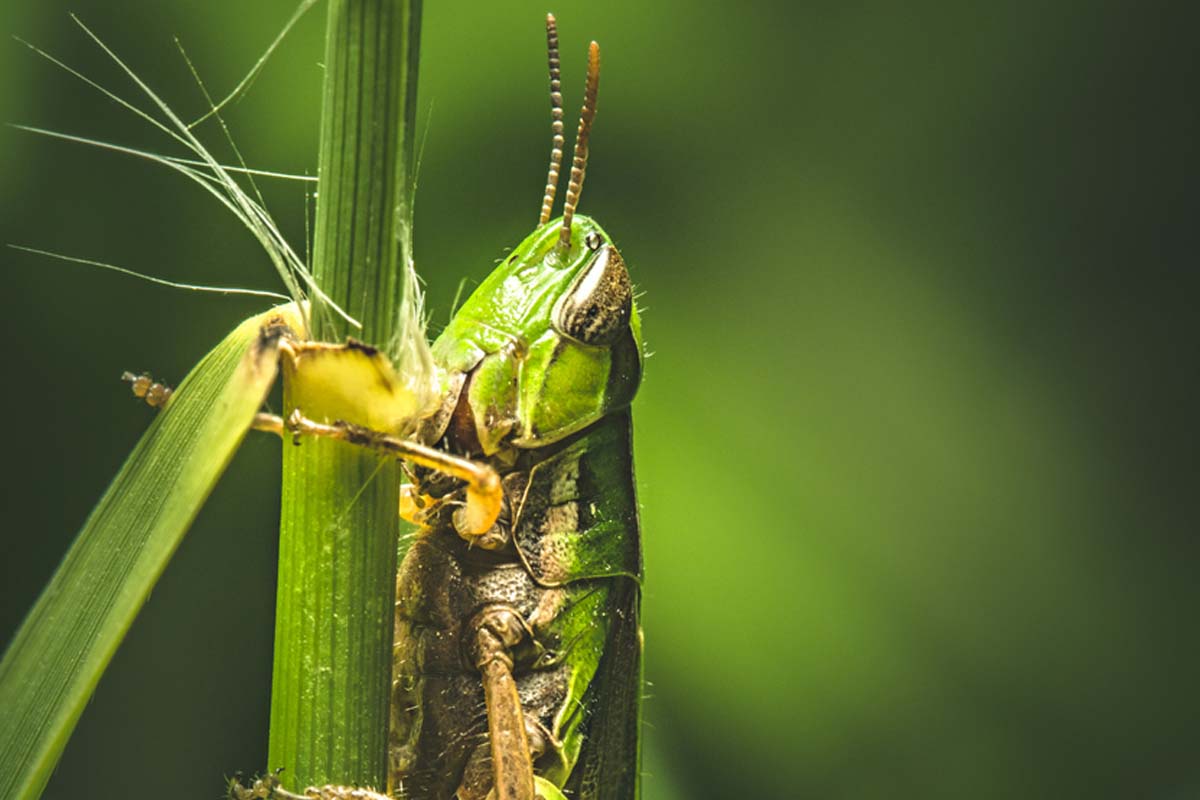Relief for locals as wandering tiger captured in Maipith
A tiger that strayed into Maipith’s jungles in the Sundarbans, was finally captured early this morning, thanks to the relentless efforts of forest officials.
The chemicals-Lamda Cyhalothrin and Alphamethrin have been reported to be effective against these grass-hoppers. Forest department is being requested to adopt control measures.

Representational image: (Photo: iStock)
At a time when the north – western part of the country is battling the locust swarms to prevent crop loss, two South Bengal districts – Jhargram and Bankura are fighting the presence of a swarm of short-horned grass hoppers that were reported to be a cause for the concern of the agricultural department just ahead of the sowing of Kharif season, which starts from this month.
These brown coloured grass hoppers have been noticed on Sal leaves inside the forests of Lakhyasoke village in Bisnupur sub division under Bankura district since the past two days.
Advertisement
Sal leaves plate manufacturing is a major cottage industry in these parts of rural Bengal. In Jorashal village in Jhargram district, these grasshoppers were found eating leaves of ginger, bitter gourd, ridge gourd etc.
Advertisement
Talking to The Statesman, Pradip Majumdar, principal agricultural advisor to chief minister of West Bengal, confirmed the presence of these grass-hoppers and said “A team was dispatched to carry out a study.
Report revealed, these are short-horned grass hoppers and not locusts. The chemicals-Lamda Cyhalothrin and Alphamethrin have been reported to be effective against these grass-hoppers.
Forest department is being requested to adopt control measures as it may multiply and spread.” A two-page advisory has been issued for local people. “The Food and Agricultural Organisation (FAO) of UN has stated these swarm movements in the country were associated with strong westerly winds from Cyclone Amphan in the Bay of Bengal,” informed K.L.Gurjar, deputy director Locust Warning Organisation, Jodhpur.
Advertisement